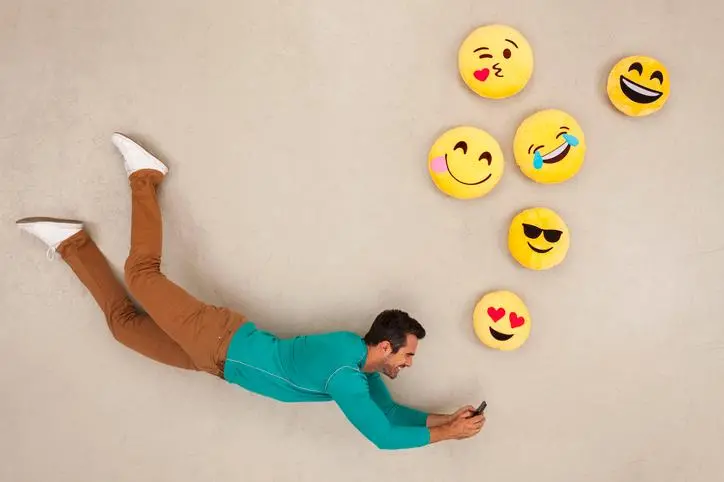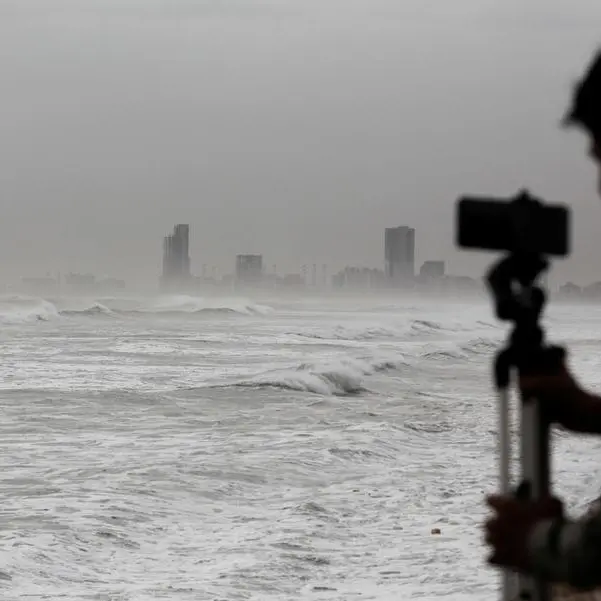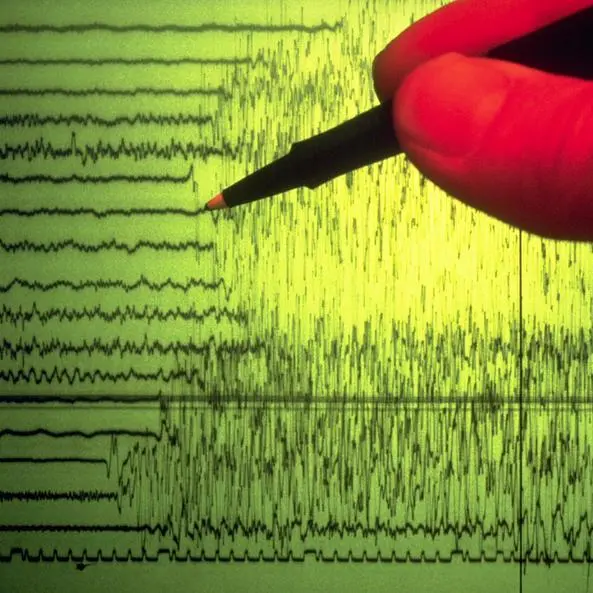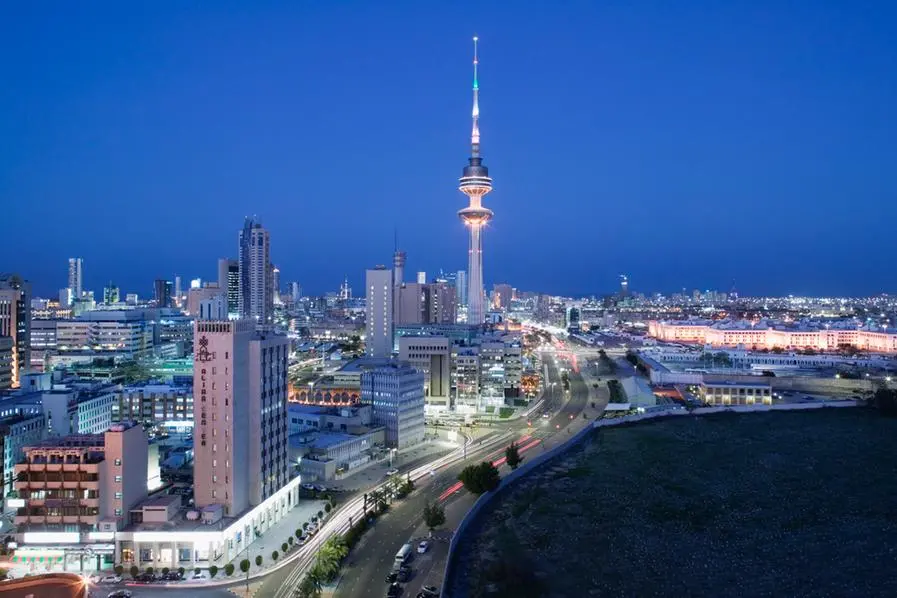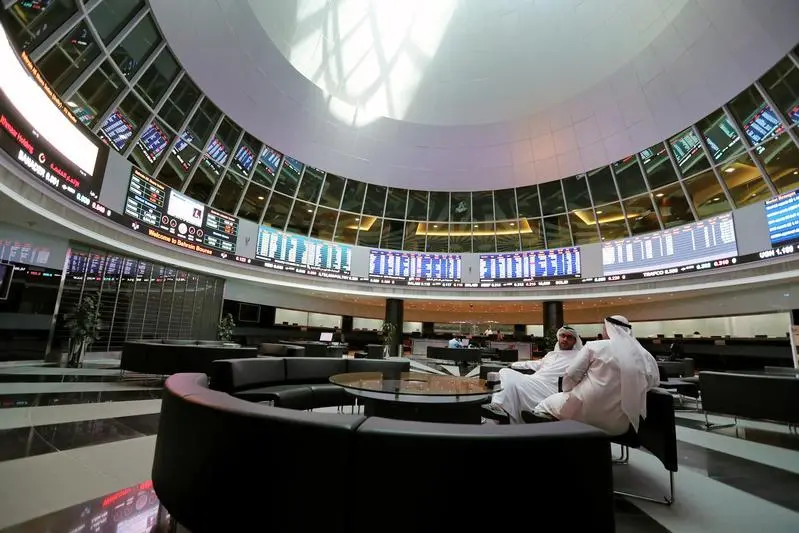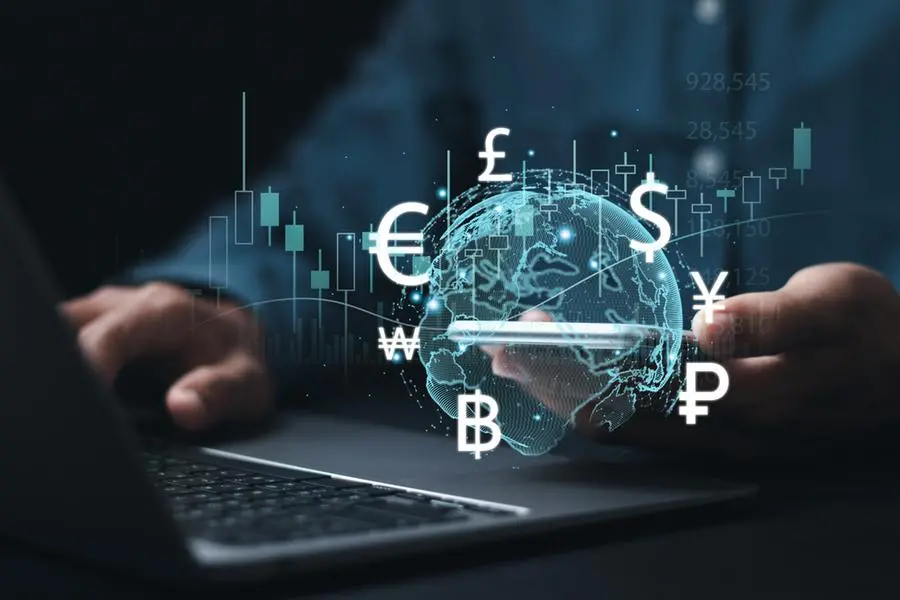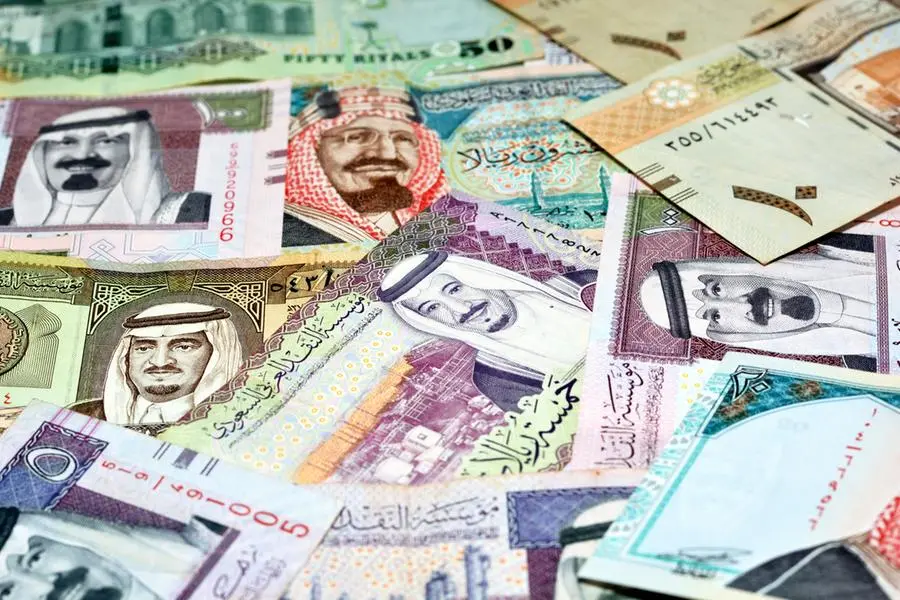PHOTO
Man chatting on his smart phone, sending emojies.
Throughout the existence of humanity, writing systems across civilisations have been an excellent indicator of our stage of technological development. The cuneiform script in ancient Mesopotamia featured shapes such as triangles which were impressed into clay tablets. The Runes language writing system in ancient German was distinguished by angular shapes instead of curves. These writing systems were complex and required formal training.
However, with the advent of electronic writing and a wide range of emojis, even those without the proper understanding of the language can ‘write’ and convey the message. Who would have thought that a selection of pictorial symbols would have a day dedicated to them — 17 July is celebrated as World Emoji Day, according to Emojipedia.
In 2015, selected works of William Shakespeare were translated into emojis — renamed YOLO Juliet, A Midsummer Night #nofilter, and Macbeth #killingit. The series is popularly known as the OMG Shakespeare series, ?published by Penguin Random House Books. As one would expect, Shakespeare through emojis generated instant responses from readers and authors worldwide. People who were furious with the idea of dumbing down Shakespeare to make his work more accessible were pitched against those who saw this as an innovative way to make literature accessible.
Before delving into the debate whether social media has led to the death of language or not, let’s understand what emojis are and how they become integral to online lexicon. Emojis originated in Japan around 1998, representing a translation of picture and character. Leading Internet technology manufacturers such as Apple, Samsung, BlackBerry started using emojis in their devices around the end of the first decade of 2000. Initially, a base stock of 150-170 emojis was used. Currently, more than 3,000 emojis are in circulation. Over 92 per cent of smartphone users, on average, exchange over 10 billion emojis every day.
It is considered to be the fastest-growing ?language, faster than ancient hieroglyphics. The social media boom and the rise of Facebook, WhatsApp, Instagram etc have also boosted the operation and usage of emojis in the last decade.
Since 2010, a majority of software, hardware, and tech companies have relied on a California-based non-profit, Unicode Consortium, and its subcommittees, to develop emojis. At times, there is no consensus on the adoption or rejection of emojis resulting in allegations of “cultural dominance”.
But all things considered, emojis are not words. What happens when emojis don’t have any supporting text? American cognitive scientist and comics theorist Neil Cohn ran several experiments to understand this. He found that when a series of emojis was used in a single sentence, it became difficult to comprehend the meaning or the intent behind the message in comparison to when a single emoji was used to communicate a single unified message. Linguists Gretchen McCulloch and Lauren Gawne have identified that the most commonly used multi-emoji reaction is the usage of the same emoji multiple times, a pattern that occurs less frequently in multi-word expressions.
Therefore, it is appropriate to say that emojis are for text messages what gestures and facial expressions are for in-person meetings.
Emojis add the extra layer of ?emotional security
Aarya Raghubanshi is a 22-year-old Sydney-based remote service engineer with Philips. She first joined a social networking platform around 2009. “We migrated from Nepal to Australia when I was eight. Right after that, I think I opened my first social media account,” Aarya tells Khaleej Times. She says, initially, she wasn’t fond of using emojis. In 2016, one of Aarya’s close friends noticed a message she posted on Facebook and rebuked her for not using emojis. “You type dead,” she told Aarya. Since then, Aarya says she started using emojis regularly.
According to her, the cultural norm around messaging on social media apps is such that if you are sending a message to someone in straight English, it means you are upset with ?the person.
She has had her share of experiences for her choice of emojis. She recalls sending a smiley emoji to a friend, and got into a fight with her after that as the friend assumed she was being mean to her.
Aarya tries confining the use of emojis for informal communication. “For example, if someone sends me an affirmative message to a text message that I sent earlier, I would reply with a thumbs-up emoji. But if I want to order pizza from an outlet, I wouldn’t be simply sending them a pizza emoji.”
She adds that further fragmentation of languages into different gestures and animated pictographs might happen in the future.
High scope of misunderstanding
“Before Facebook, I remember using emojis actively in MSN Messenger, which was Windows operated,” says Jovan Gjorgovski, an editor with Kanal 5 news channel in Macedonia.
Considering emojis are now part of every social media platform, Jovan says that he finds it challenging when formal conversations overlap with informal ones. “Just the other day, I asked my friend something important. He responded with an emoji — which was highly disappointing,” he sighs.
In some cases, emojis are often misinterpreted and the sender considered insensitive. Jovan cites an example from Macedonian politics. “Our former Prime Minister, Nikola Gruevszki, escaped to Hungary and stayed there for over three years. All this while, he was commenting from his Facebook profile, routinely sharing dubious emojis [that were considered insensitive and inappropriate],” he says. Their national media picked this up, leading to a massive uproar.
Jovan is concerned to see that millennials use emojis far more frequently and the regional languages in his country might become casualties because of this trend. “We risk losing our history if we don’t preserve our regional languages. Emojis are an amazing invention but overuse is not a good idea,” he feels.
Emojis can’t convey complex ideas
“Back in 2013, when I joined Twitter, I did not use a lot of emojis,” says Albert Gil, a visiting researcher at the University of Havana. He says emojis are good when they are exchanged between people who know each other well and therefore understand what to expect from the other person.
The same emoji, he feels, might be misconstrued if sent to an acquaintance. “People ?who are slightly older would use a lot of emojis such as that one of a smirk to signify everything is alright. Younger people would interpret this message in a completely different way,” explains Albert.
Emojis have certain limitations so it is ambitious to see them replacing any language in the near future: they can’t be said aloud and lack a strong sense of meaning. “I see that emojis are considered to have a universal meaning but it’s still tough to convey complex ideas through them,” says Albert, adding that emojis are still at a very rudimentary level.
He believes emojis are mainly used to ?enhance the message’s intent conveyed through text. In digital communication, he says, these symbols provide a visual dialect that is independent of the native language of the speaker.
He is very optimistic about the future of the written language. He does not believe that, increasingly, more people getting adapted to emojis is a sign of them becoming lazy. He rather looks at it like another technological advancement which has added a layer to how we communicate.
Albert foresees emojis probably infiltrating some of the professional setups of interpersonal communications. “Due to the popularity and growth of emojis, we will have better and efficient communication systems in the future with both emojis and language existing in their own spaces,” he says.
The universality of emojis ?is debatable
“My favourite emoji used to be the heart emoji, back when I was using Yahoo messenger,” says Marina, who finished her Masters in education from Zaragoza university, Sydney, last year.
She joined social media when she was 13 years old and has been using emojis since then. Marina feels that in the world of netizens, emojis serve three purposes: replace non-verbal social cues in a message, prevent the scope of misinterpretation and make a conversation less formal.
She finds it fascinating to think of the years when the use of emojis was limited. “I have heard multiple stories of the older generation of people using teary-eyed emoji to express sadness,” she said.
There are at least four important deciding points on the reception of an emoji by an ?individual — namely age, context, culture and nationality, according to Alex Rawlings, who was named Britain’s most multilingual student in 2012.
In an article in for the BBC, titled ‘Why emoji mean different things in different cultures’, he wrote, “…perhaps most confusingly, in China, the slightly smiling emoji is not really used as a sign of happiness at all… As it is, by far, the least enthusiastic of the range of positive emojis available, the use of this emoji instead implies distrust, disbelief, or even that someone is humouring you.”
Even at the risk of being misunderstood, Marina says she would prefer inserting emojis as plain text messages appear to be intimidating in the absence of non-verbal cues.
Copyright © 2022 Khaleej Times. All Rights Reserved. Provided by SyndiGate Media Inc. (Syndigate.info).
